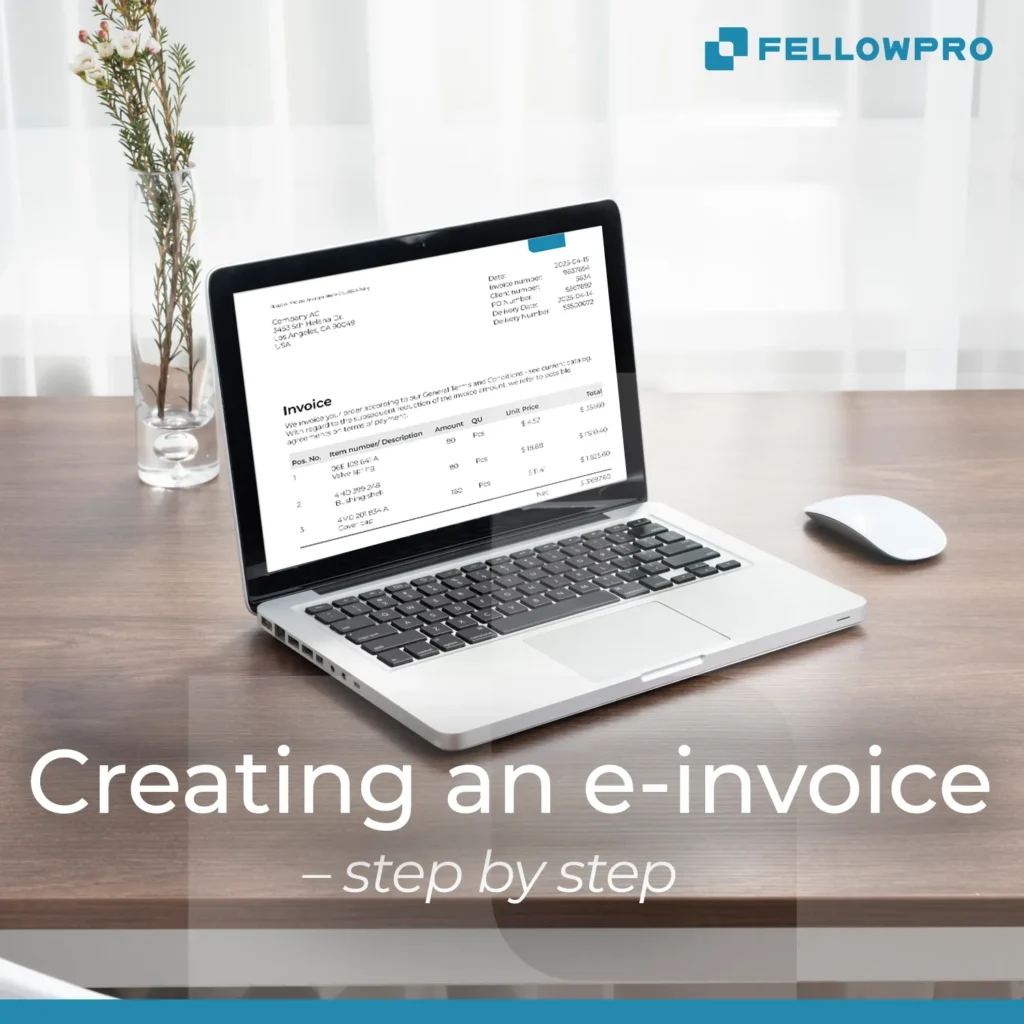
Even greater efficiency, control, and flexibility for your workflows Our latest update brings numerous improvements to the platform that will make your daily work noticeably
The security of sensitive data is more important than ever for companies today. Customers expect their information to be protected and processed to the highest standards. This is where SOC 2 certification comes into play. But what exactly does SOC 2 mean and why is it essential for modern companies? And how does it differ from SOC 3?
SOC 2 (Service Organisation Control 2) is a certification developed by the American Institute of Certified Public Accountants (AICPA). It ensures that organisations adhere to strict security, availability, integrity, confidentiality and data protection guidelines. While SOC 1 focusses on financial reporting, SOC 2 focuses on the security and protection of data.

A company must fulfil five central criteria for SOC 2 certification:
Similar to SOC 1, there are also two variants here:
SOC 3 is a certification that, like SOC 2, is based on an organisation’s security and privacy policies, but in a simplified and publicly accessible form. While SOC 2 provides detailed information about the security controls and practices implemented, SOC 3 provides a summarised version of the SOC 2 report that is accessible to the general public. The main difference between the two is that SOC 2 is specifically intended for internal and selected customer reports, while SOC 3 is ideal for organisations that want to present their security standards transparently and without publishing confidential details.
The protection of sensitive customer data is our top priority. With the successful SOC 2 certification, FELLOWPRO underpins its commitment to the highest security and data protection standards. This certification confirms that we have implemented effective and reliable controls to ensure the security and confidentiality of the data entrusted to us. Our customers benefit from independent confirmation that their data is in safe hands – a crucial factor for long-term trust and compliance.
SOC 2 certification is a crucial step for companies that want to ensure secure data management and high data protection standards. With the successful certification, FELLOWPRO shows that we are consistently committed to security, trust and compliance.

Even greater efficiency, control, and flexibility for your workflows Our latest update brings numerous improvements to the platform that will make your daily work noticeably

step by step Since January 2025, companies in the B2B sector are required to be able to receive electronic invoices. The obligation to issue e-invoices—meaning

Marketing is constantly evolving—and with it, customer expectations. Mass emails and broad campaigns often no longer deliver the desired results. Companies are therefore looking for

Digitalization is rapidly changing the world of work. Document processing in particular shows how much companies can benefit from automation: invoices are entered faster, data

– and how to avoid common mistakes Imagine sending an important email to a customer – and the address is wrong. Or ordering goods you